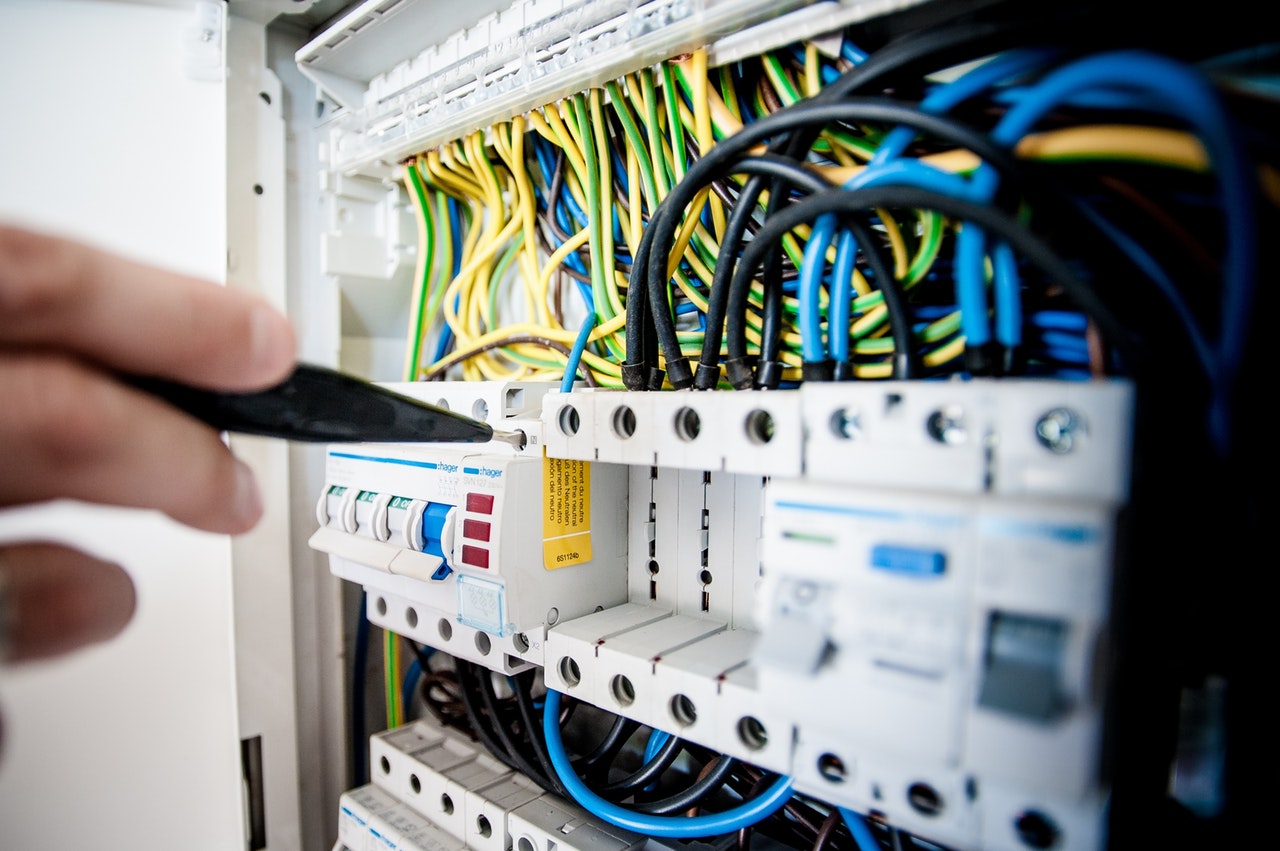Organizing the wires in the data center is crucial as the improper wiring can cost one heavily. To avoid any sort of inconvenience it is consequential to assure the wiring is done in a conventional manner making the space much more workable in the present and the future as well. Often people are careless or extremely organized that in the process of setting and arranging the cables they damage the wires immediately or in the long run, in short reducing the life of the wire which contributes in the addition of the cost and reduction in the efficiency of the data transfer. To avoid such mistakes that can be quite heavy for one, here are some tips and tricks, which can help you in a way that is creating ease instead of further addition to problems.Please check the following steps to manage it efficiently.
-
Plan your wiring with future in your head:
One of the common mistakes while planning is not keeping the future of the project in the plan. When you are planning make sure that you have the perfect plan and space that is enough to execute the present plan and if needed in future, it is facile for you to increase the wires in the existing space. So, this means, small and confined spaces are definitely not for this very purpose, and then of course, be sure to choose the wires that are able to withstand the harsh conditions.
-
Know where to use what wire:
The wiring system has evolved a lot and now there are a number of different wires like cat6 plenum, cat5 and cat7. Then of course, there are plenum and non-plenum wires, each is installed in different conditions, plenum wires are installed in places that are called (plenum space) on the other hand the non-plenum are installed in a normal place with normal air and temperature conditions. The reason is simple; plenum wires are installed in confined space because they are designed to minimize the maximum hazards. To keep the later inspection easy, always keep the map of the cabling system made and updated as it will be quite handy to see what wire is where and for what purpose.
-
The proper measurements:
Don’t assume that you are expert enough to start installing the wires without measurements. The inappropriate length can cost you heavily, plus, there will definitely be the wastage of the wires in cutting and joining. So, always measure your space and the wires before starting to install them.
-
Don’t forget to LABEL them:
There is no need to be in a hurry and skip the steps. Along the way keep labeling the wires and assure the labeling of the wires. Labeling will help you to later understand what wire is performing which task and it will be facile to change the wire without going deep into the circuit. If there is some sort of work other than the changing of the wire, after unplugging them it will be easier to recognize which one will go where, so this way there will be a bit extra safety for the system.
-
Keep your hands light:
We are not saying that don’t make a bundle of the wire, but be careful how hard you are being with them. Don’t tie them together too tightly. It can damage the wire and the overall function. Be sure to have enough wire in a space that is allowing them to stay in a normal temperature. Too many wires in a place will heat up the wires and slow your system.
-
Be safe
Safety should be the top priority. A place full of wire is obviously full of current. So, assure that wires are not too near the ceiling or any other area that can possibly have some sort of water usage or passing through. Leave no wire exposed, like the exposed Ethernet wire near the termination has quite the risk of detriment inside the termination.
-
Upsize the conduit:
After planning and sorting out all the things it is easy to know what conduit you require now, but, what you have to do is to upsize the conduit. The reason is simple. If you buy and install a conduit, then if fulfilling the current requirement then in the future when you need to add extra wire then you have to buy and install the new and fitted conduit. So, always keep the size of the conduit bigger than you require at the moment.
-
DON’T forget to test:
The installation of the wire is completed that doesn’t mean that the work is finished. After the installation most part comes where you have to test all the cables with the appropriate tools. You should make sure that the wire installed for certain purpose is able to perform it properly without any disturbance
Tags: Cables Efficiently


